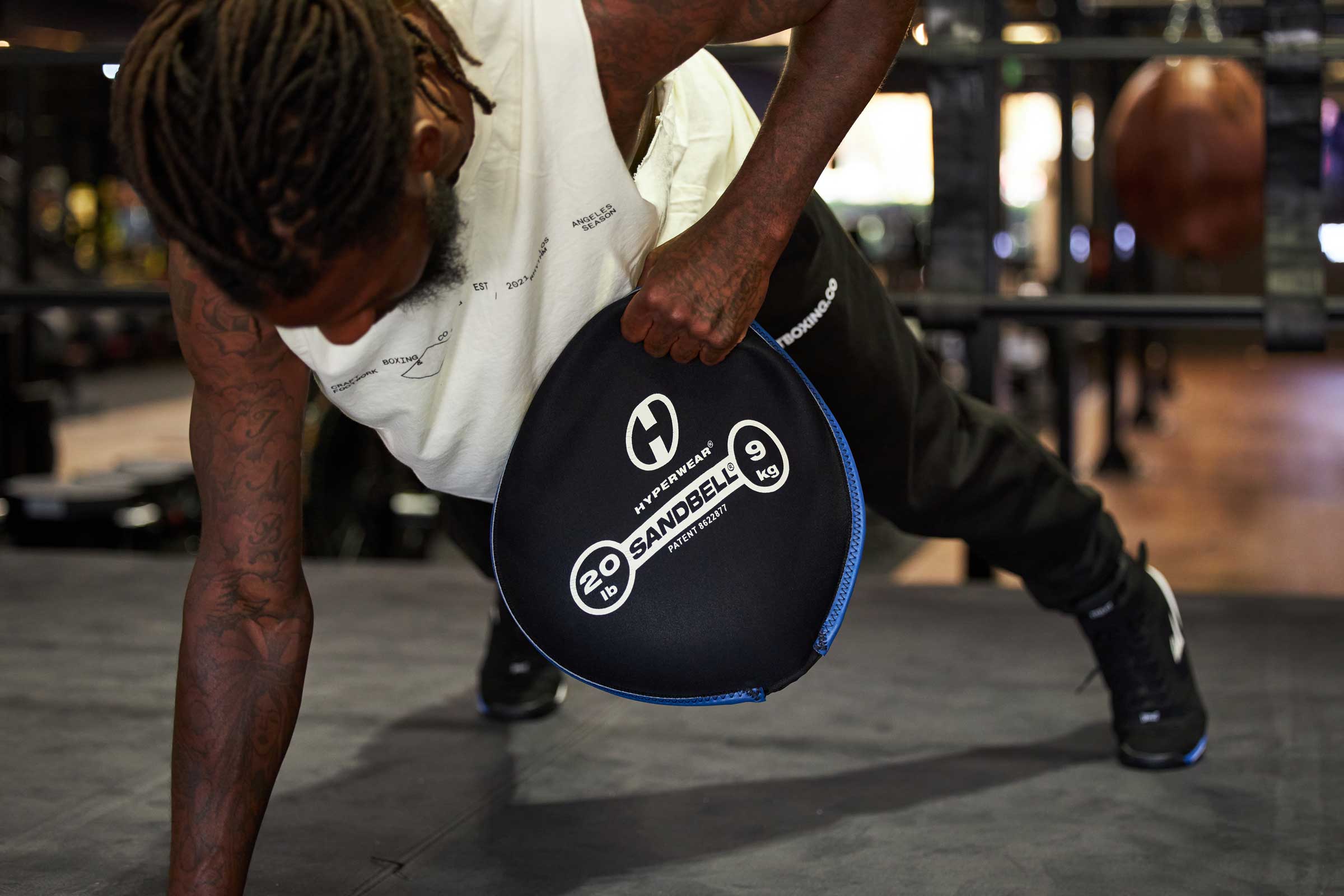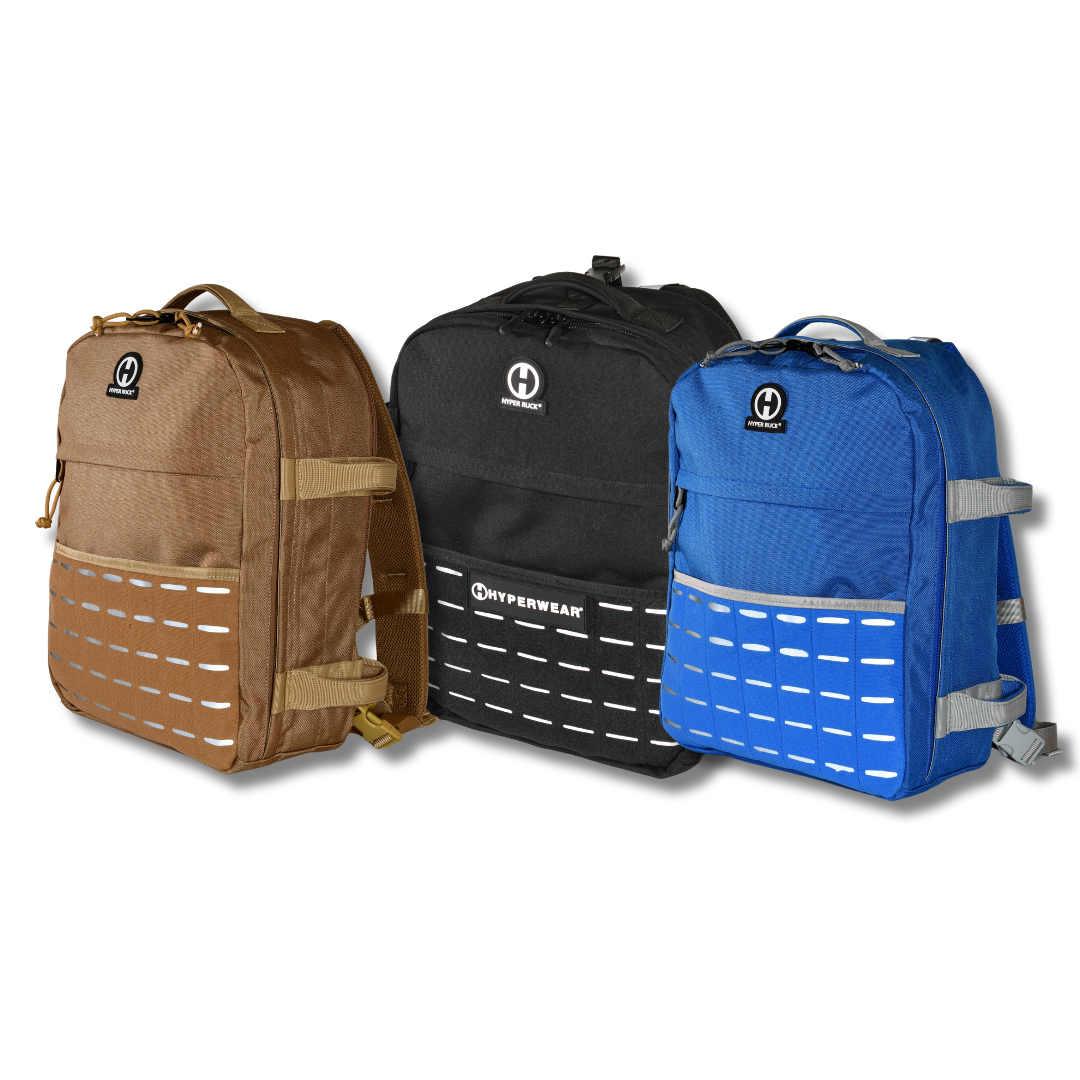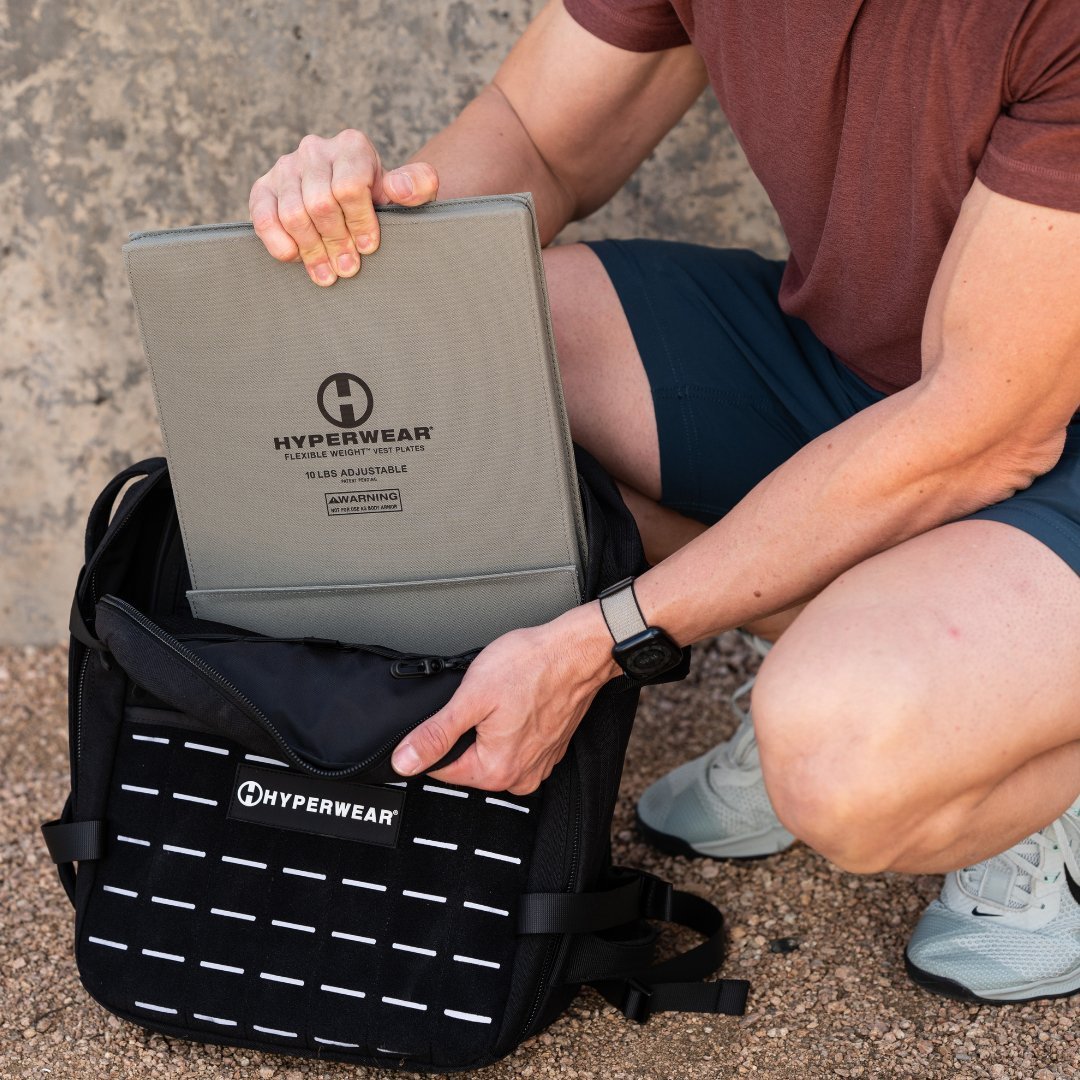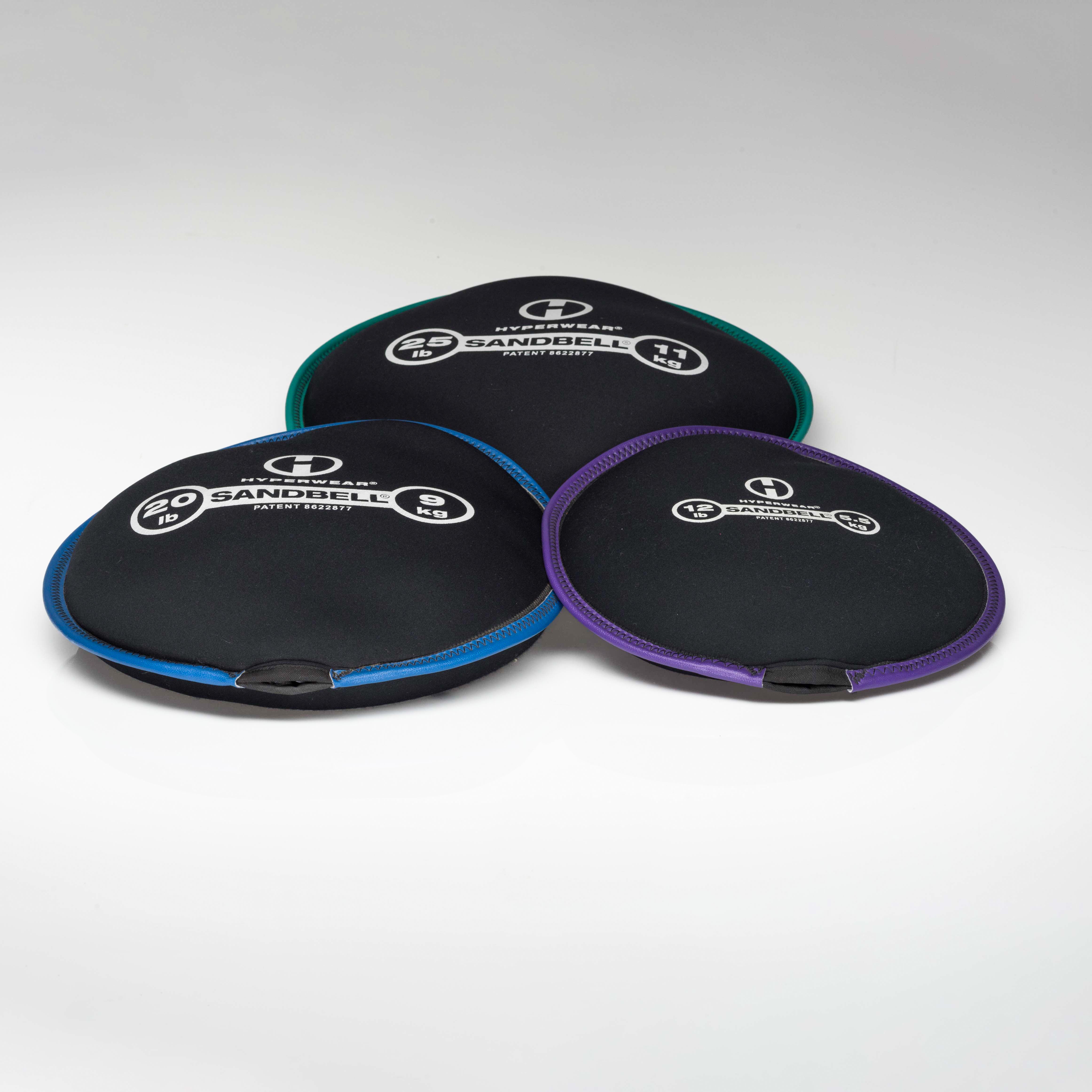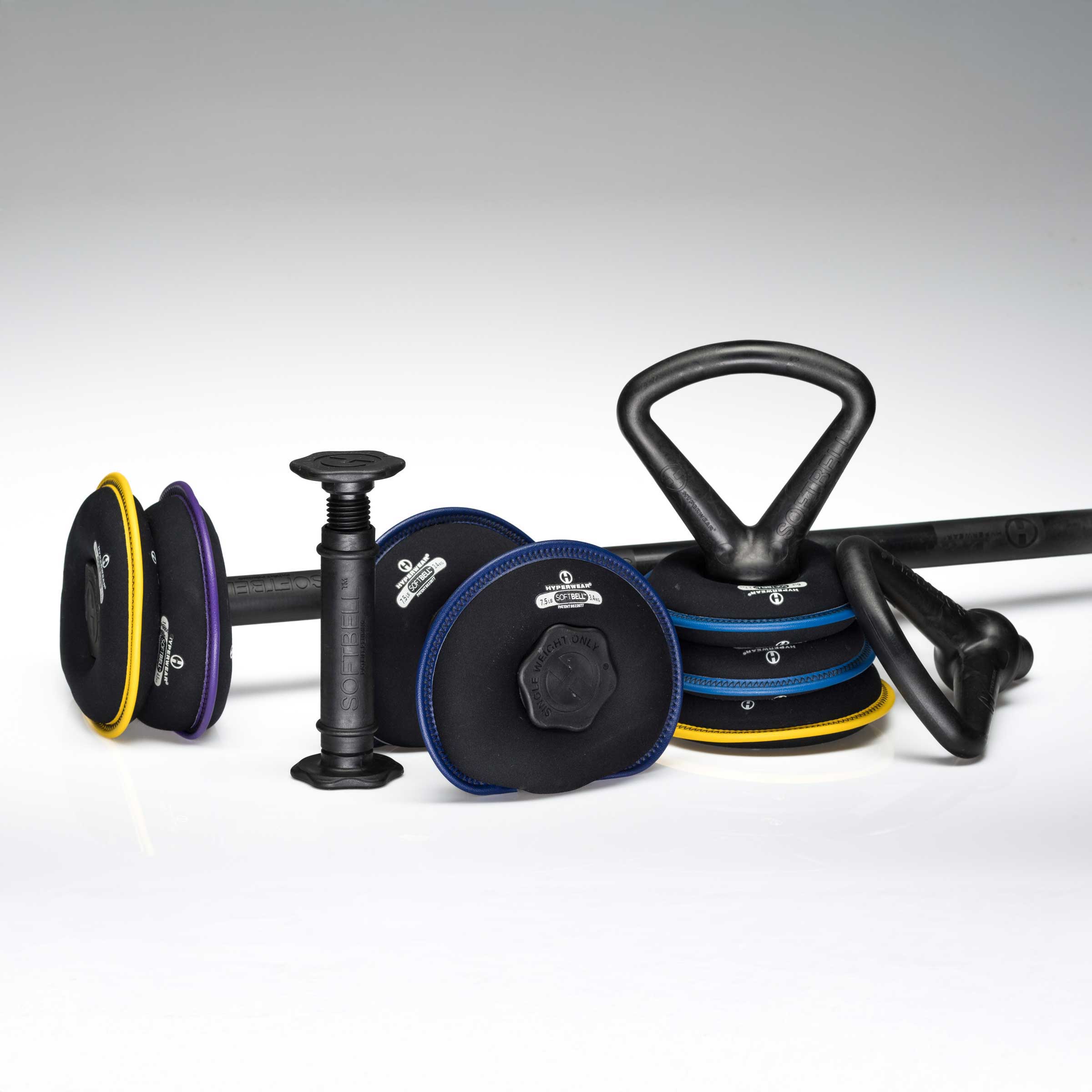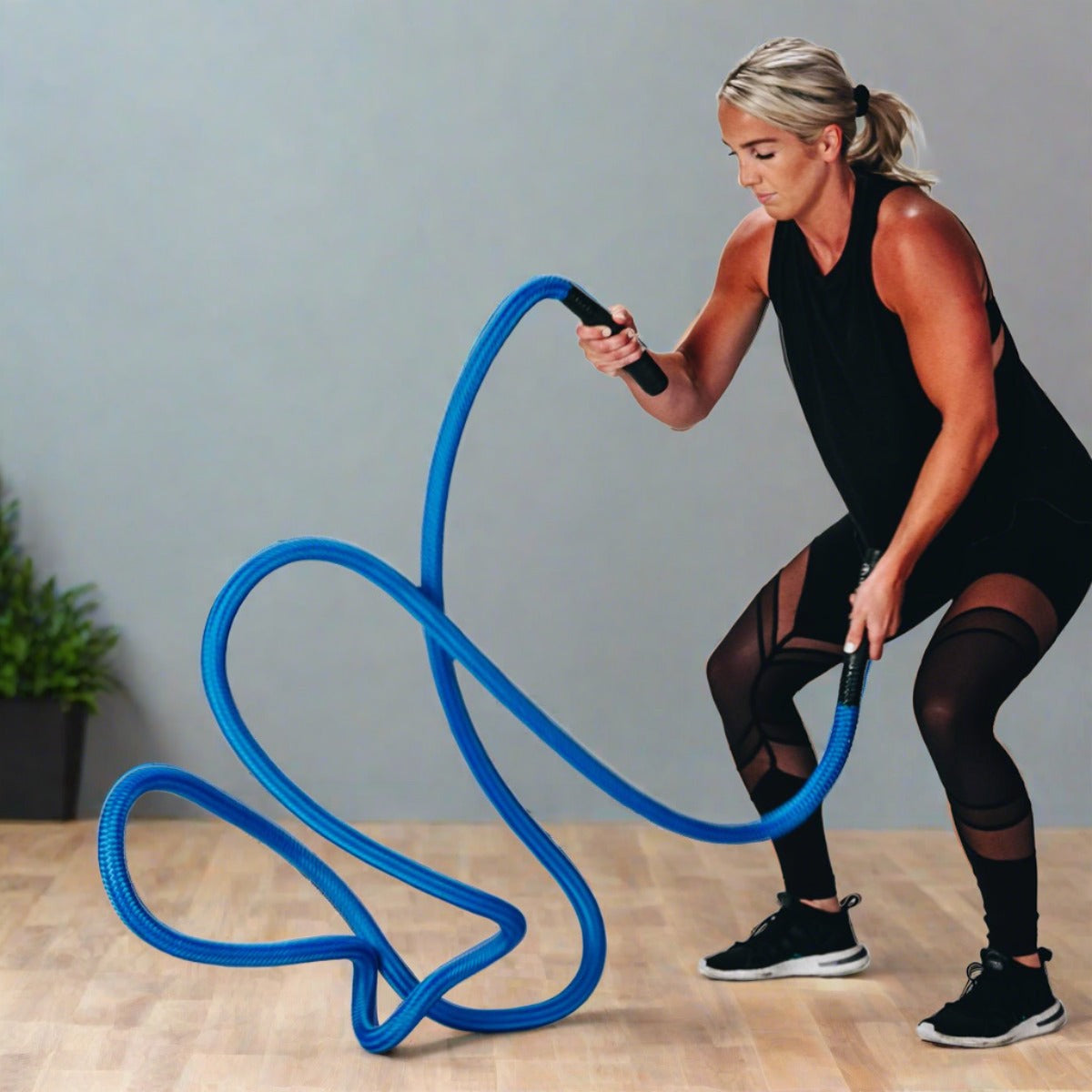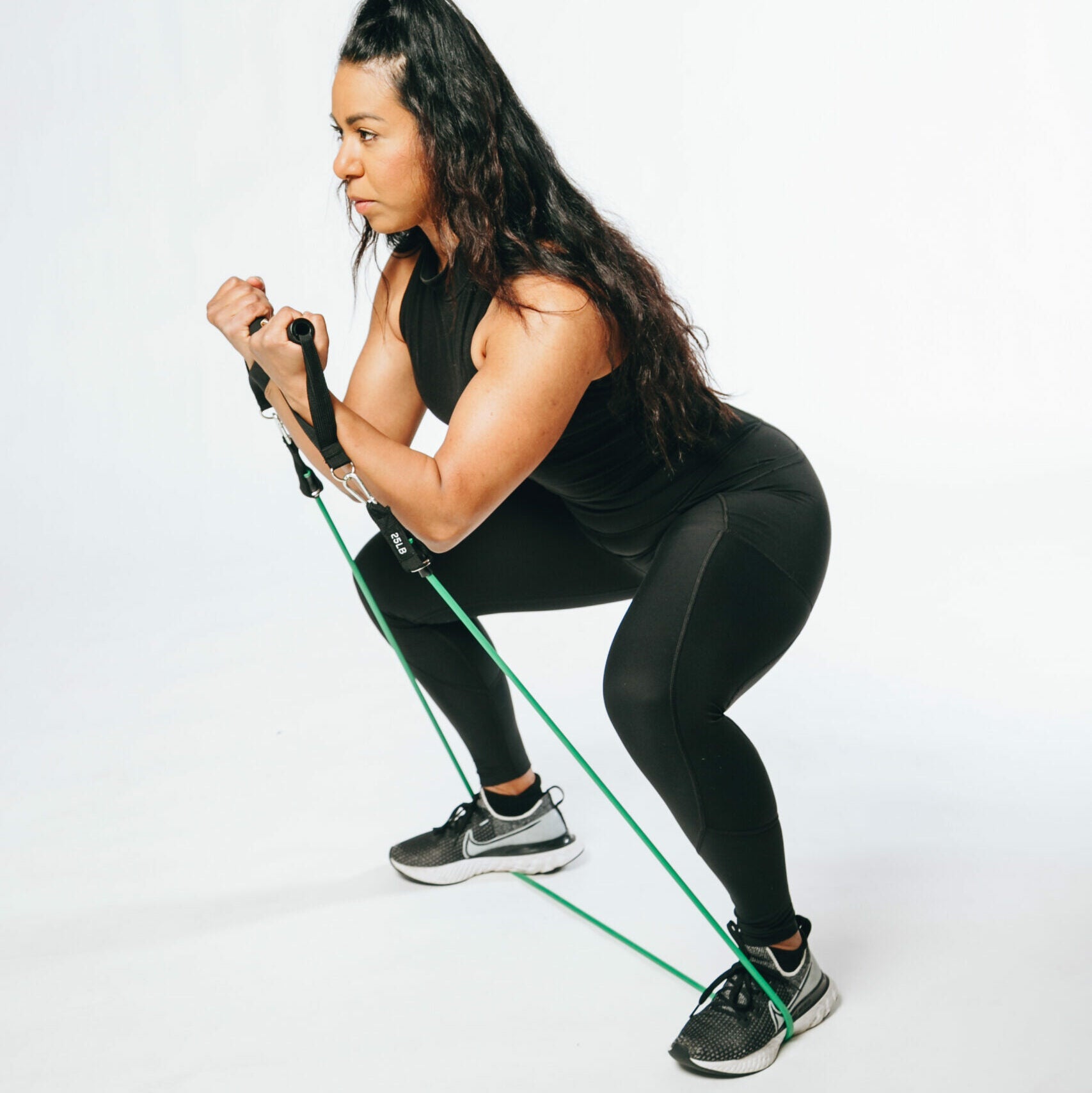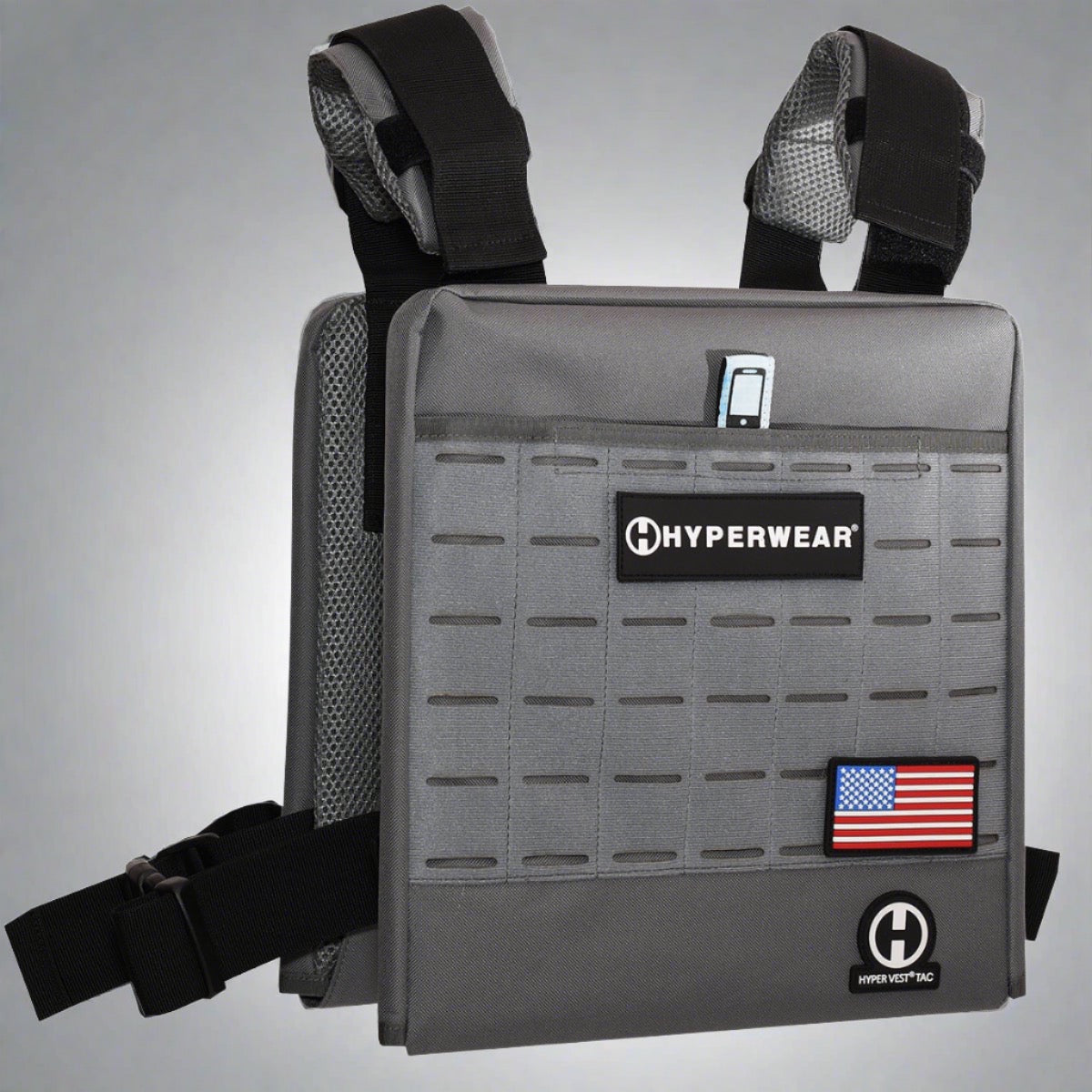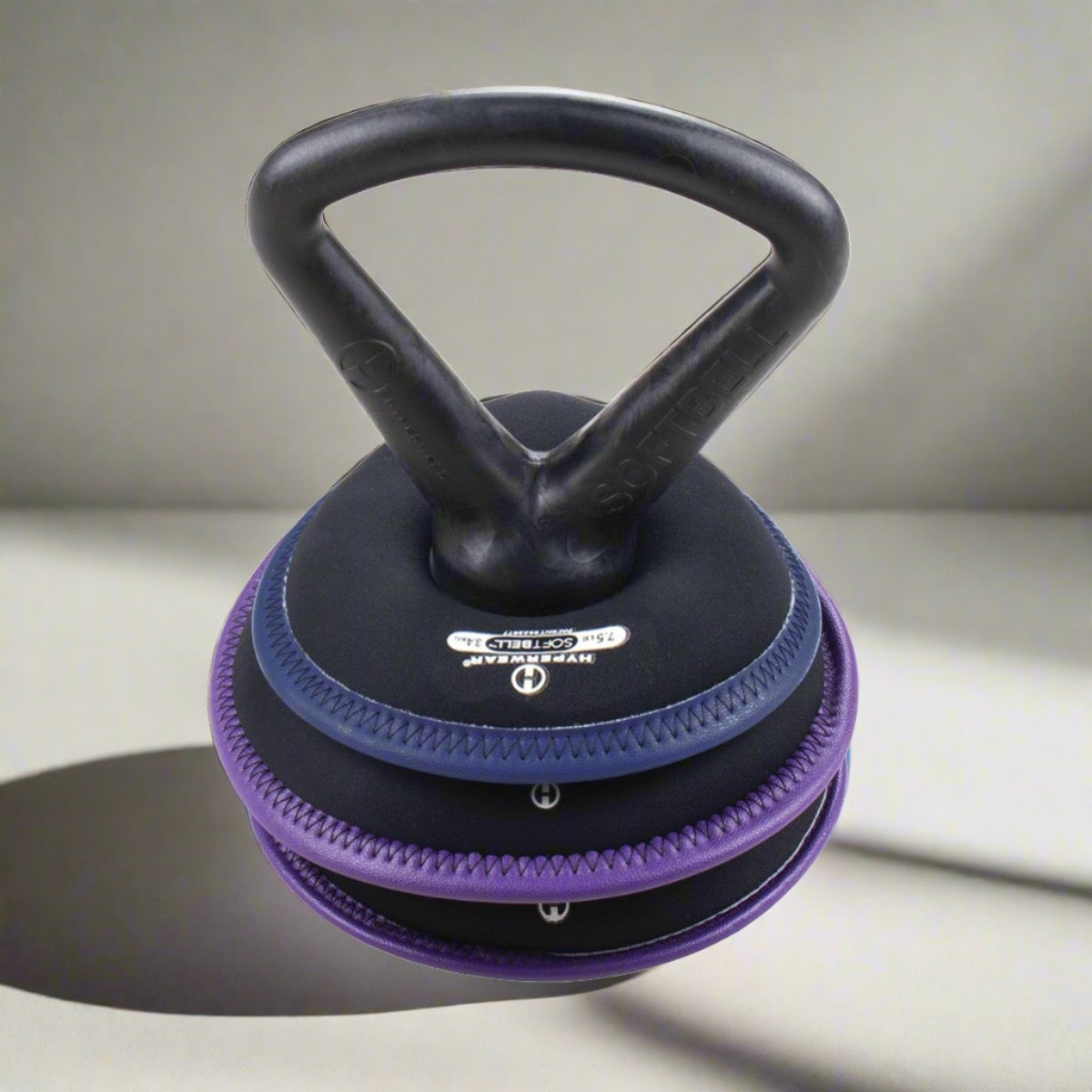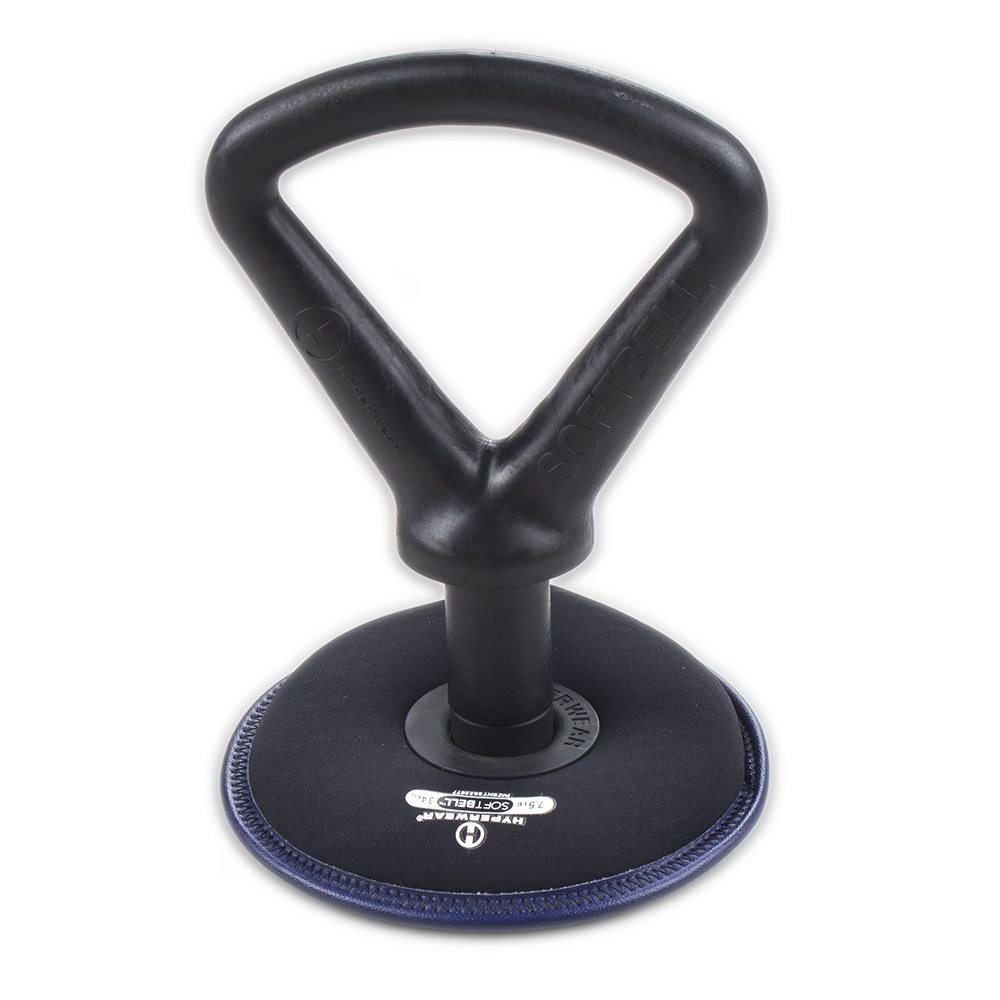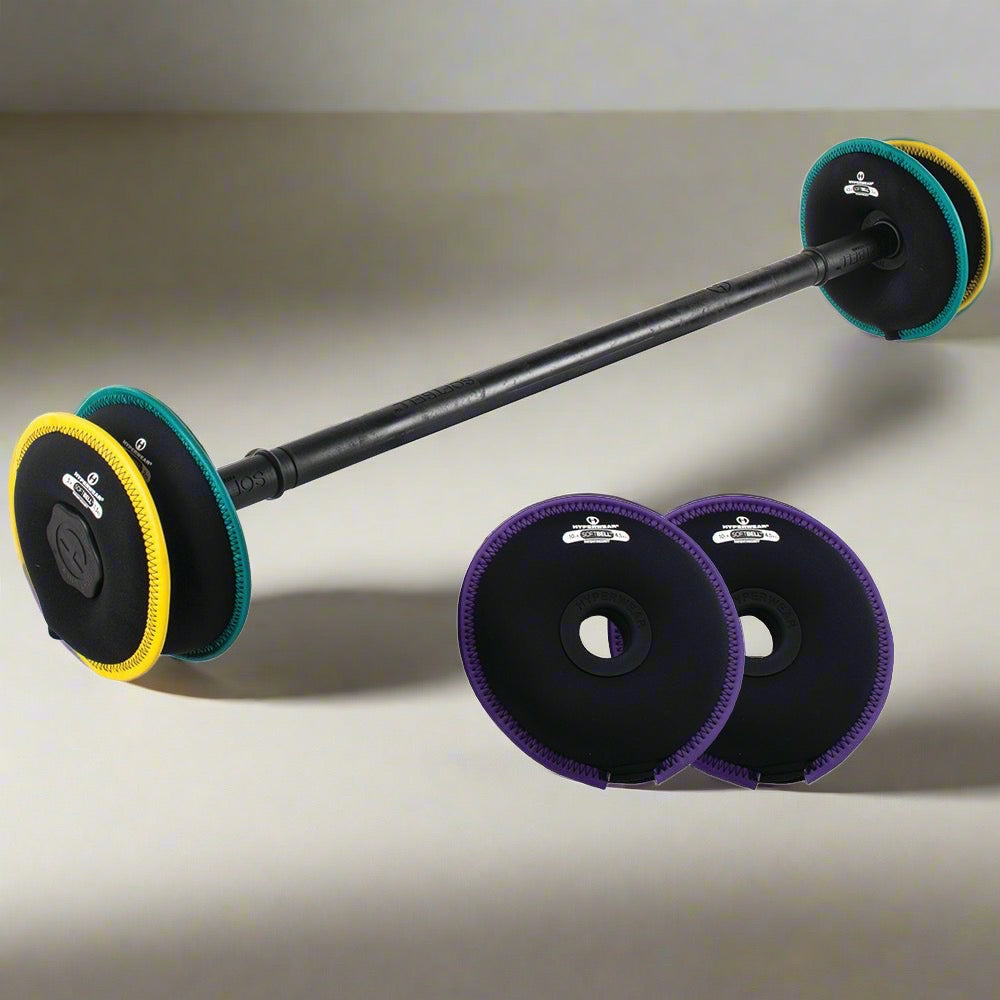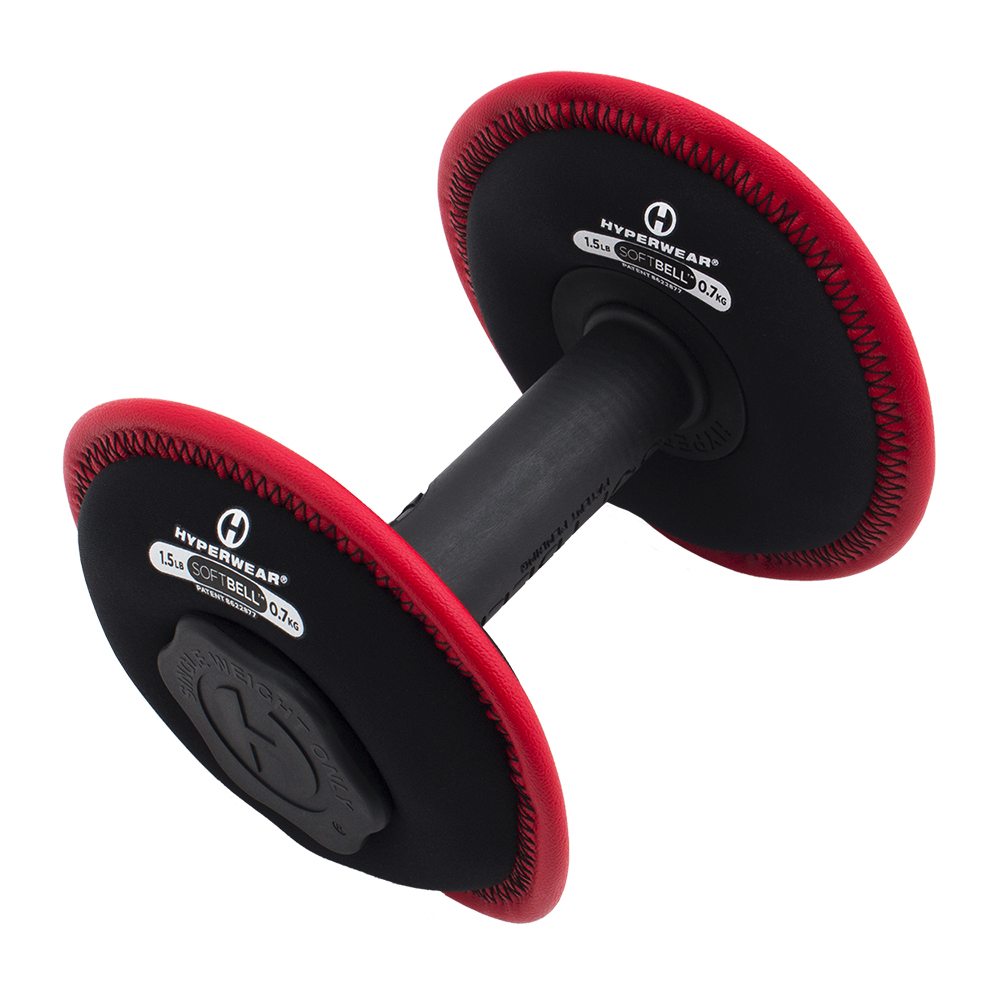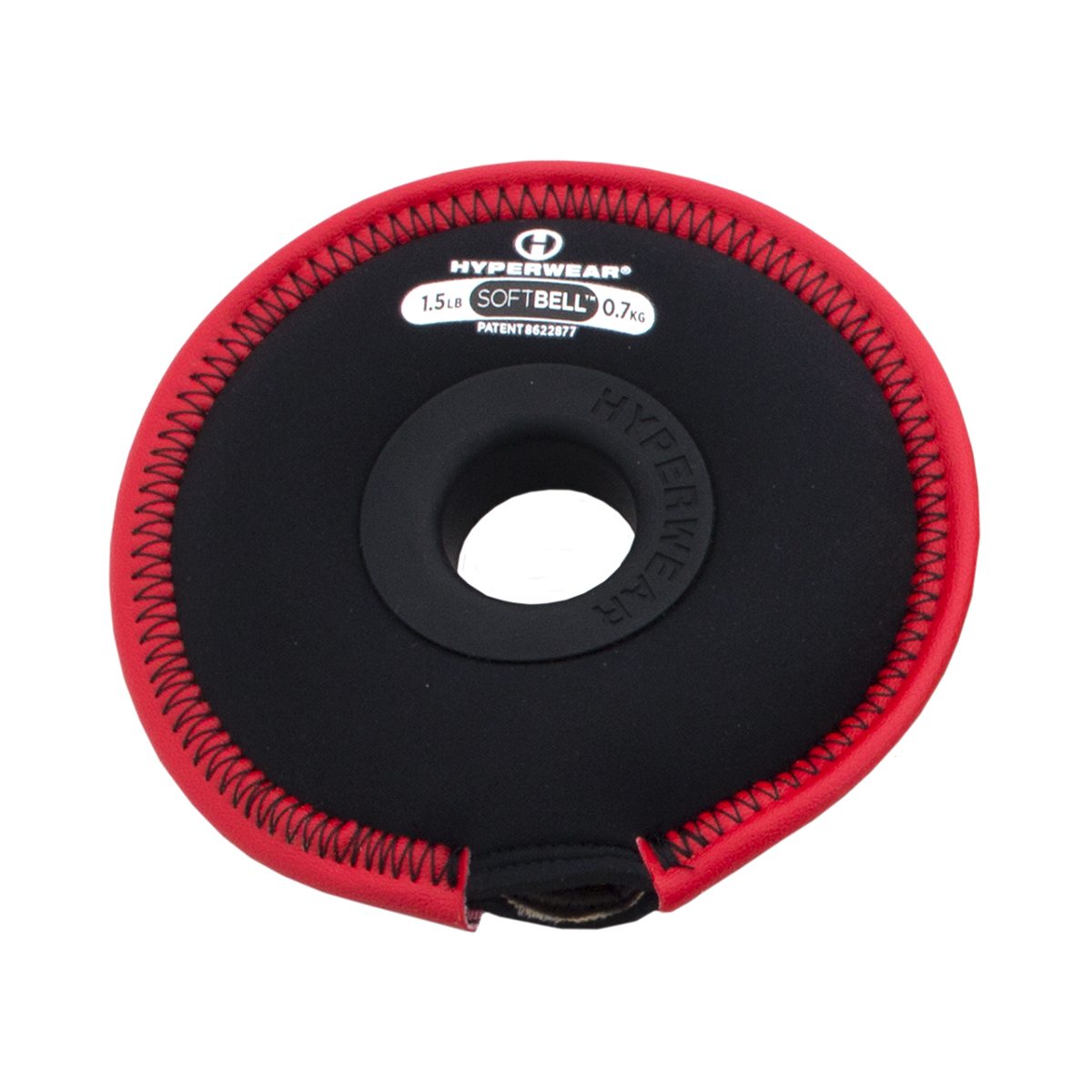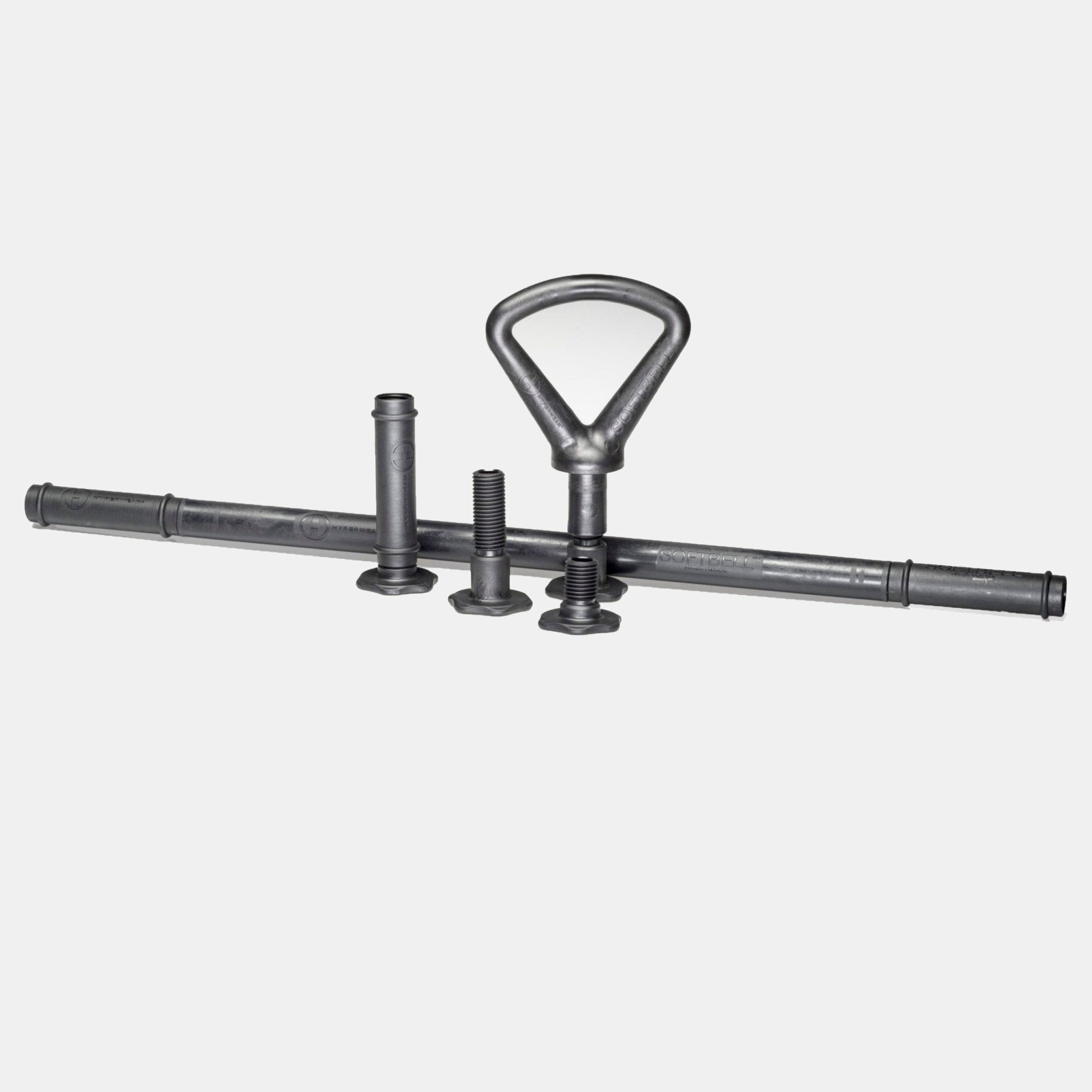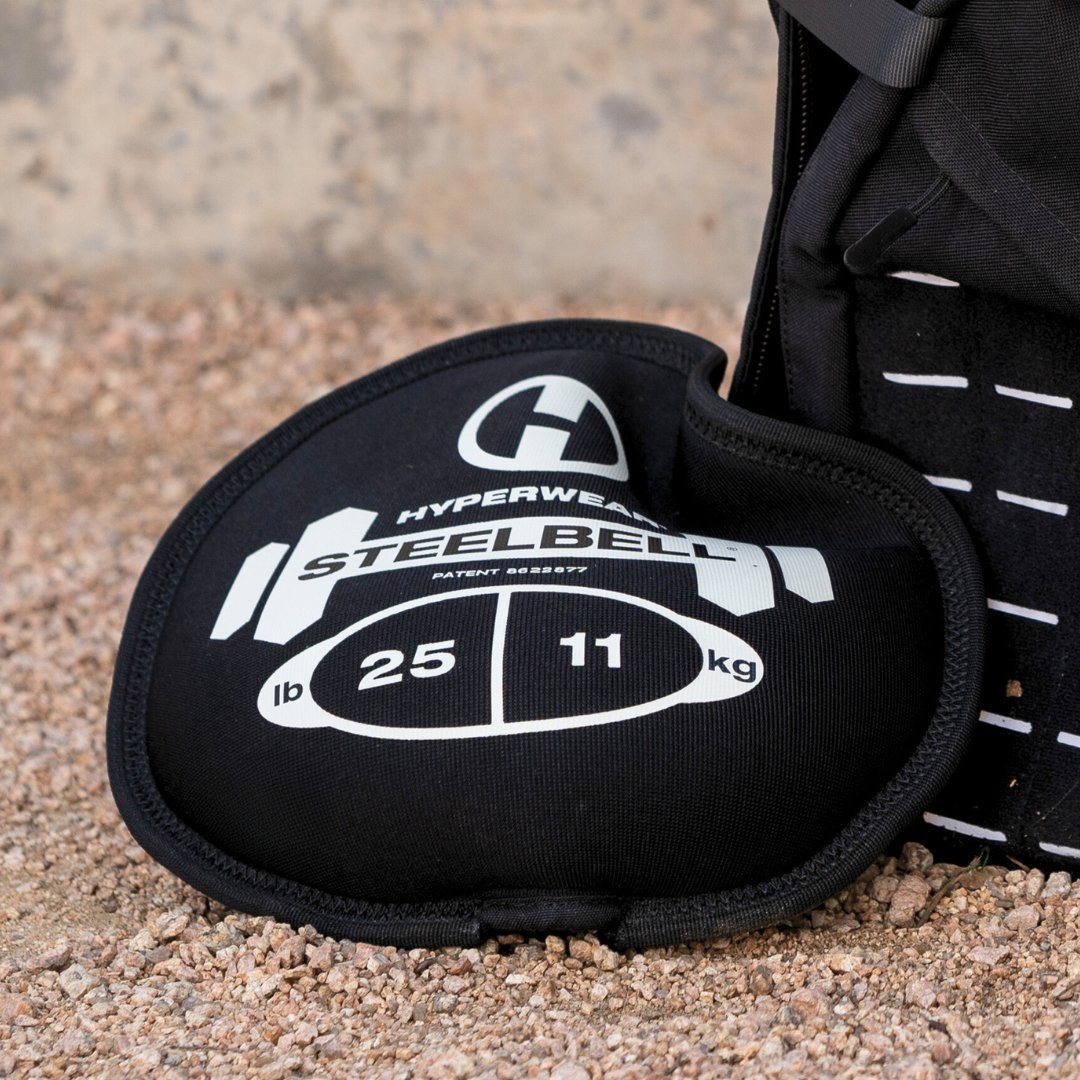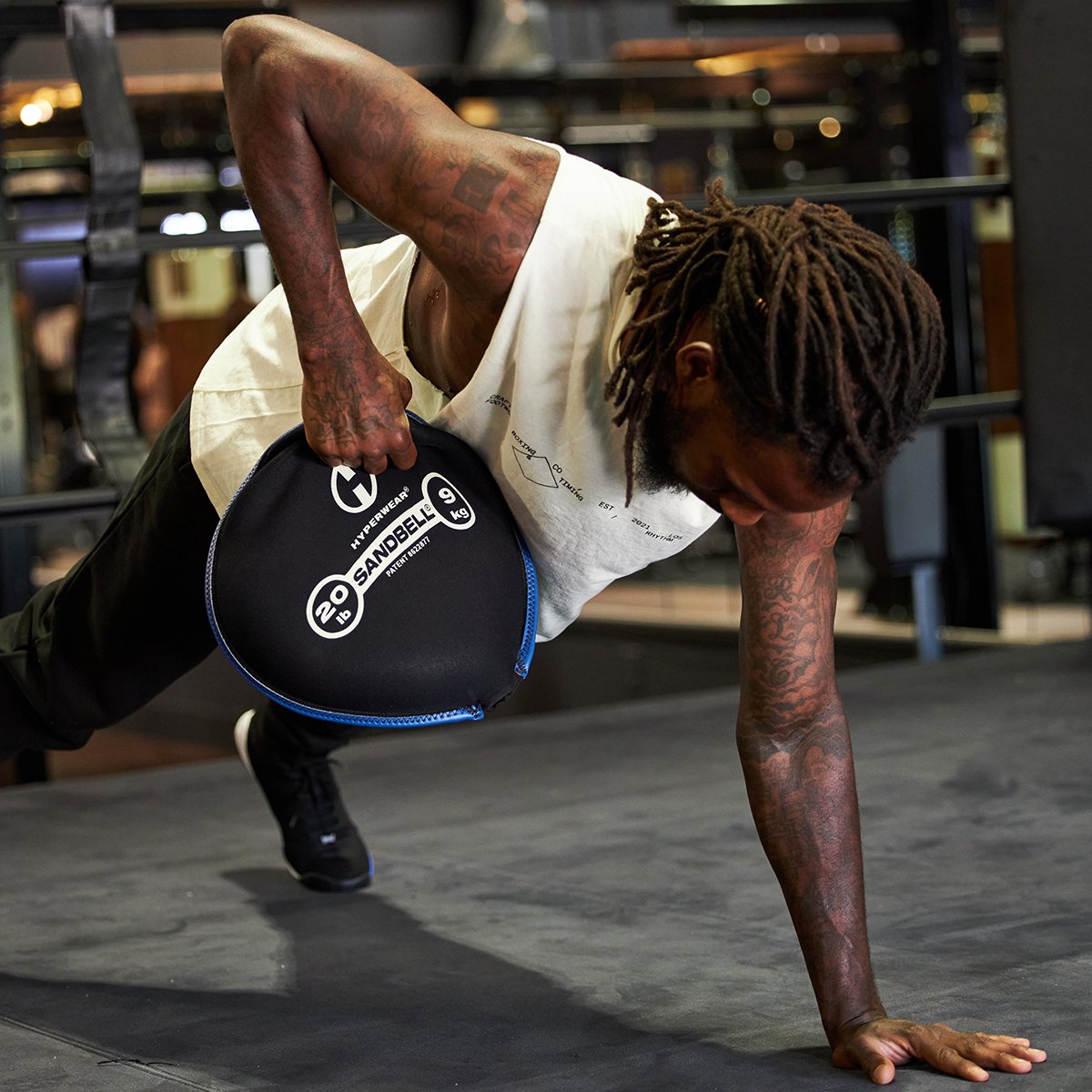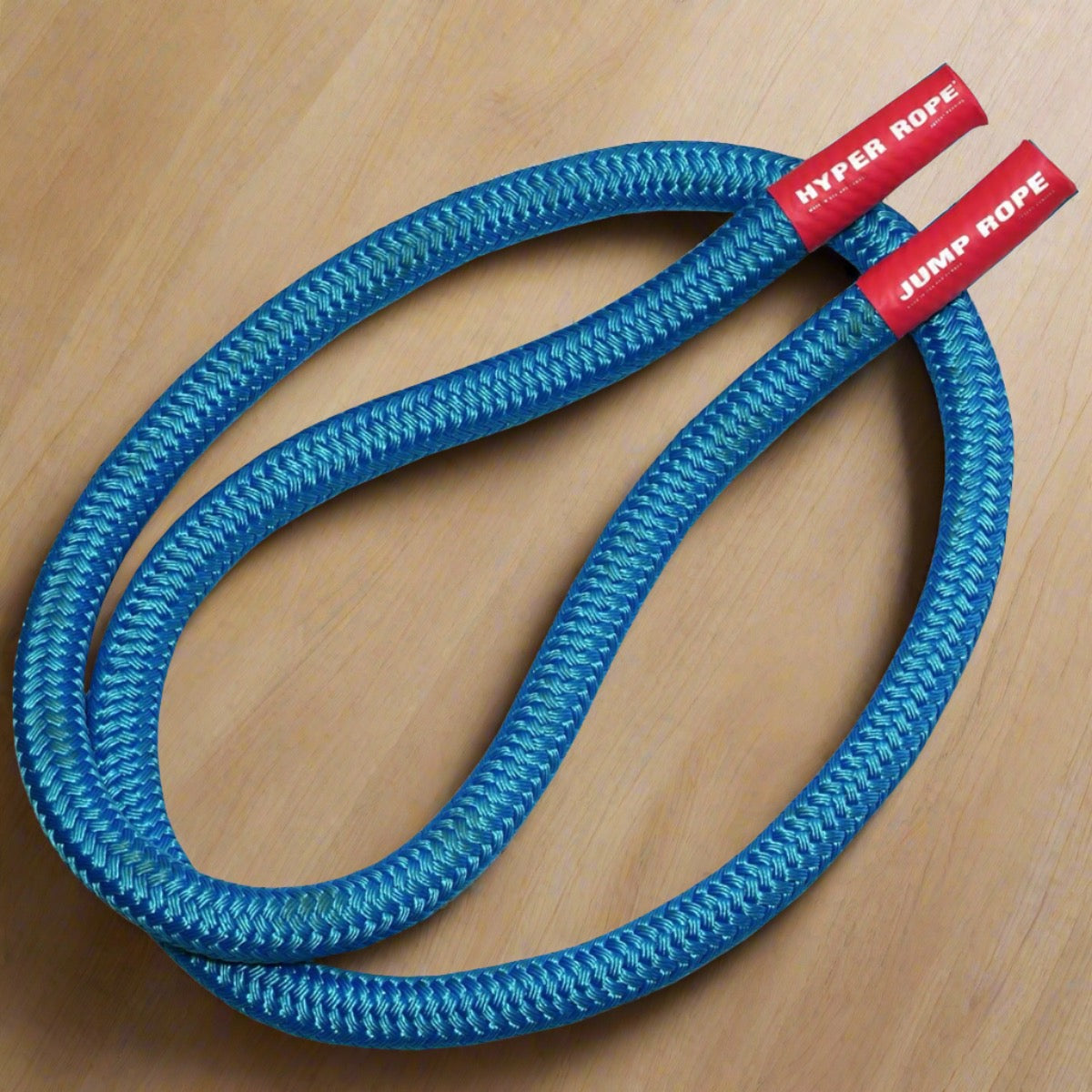BENEFITS OF SANDBAG TRAINING
WHAT RESEARCH TELLS US ABOUT SANDBAG TRAINING BENEFITS
Athletes, strength coaches and personal trainers know that strength training with free weights is a crucial part of any program. To make performance gains and meet your fitness and health goals, cardio alone does is not effective. Strength training with weights is essential. Working out with free weights instead of strength machines is the trend now and with good reason. Free weights definitely engage more muscles in any strength workout. Logically, use of
workout sandbags,
SandBell or SteelBell should amp-up the demands on the body's core muscles and stabilizing muscles giving you the ultimate sandbag training.
 But what evidence is there in published research?
But what evidence is there in published research?
Studies looking at sandbags for training have been limited with only one study we could find specific to sandbags. Sandbag related research has looked at strength training on stable surfaces compared to unstable trailing on a BOSU® or at training with flexible barbells.
One study used flexible barbell with suspended weight plates for bench presses instead of a standard static barbell. The conclusion? "
Some of the stabilizing muscles were found to be significantly more active in the unstable condition with 15% less weight. Therefore, bench pressing with an unstable load appears promising in activating stabilizing musculature compared with pressing a typical barbell."
Researchers also looked carefully at whether or not instability training with a BOSU® or Dyna Disc worked on already well-trained athletes. Their findings?
"Since highly trained individuals may already possess enhanced stability from the use of dynamic free weights, a greater degree of instability may be necessary."
In the Strength & Conditioning Journal, August 2011, an article surveyed research on the benefits and application of sandbag training and included a full
sandbag workout program. The authors found that:
"The dynamic and unpredictable resistance provided by sandbags forces the body to continually adjust position to maintain stability during given functional movement patterns. This variable resistance highlights the potential ability of this type of training to mimic occupational tasks like climbing over obstacles and lifting or dragging victims. Furthermore, sandbag training demands continuous activation (and thus training) of the stabilizer muscles through the body, improvements in which can significantly reduce risk of injury if trained through movement patterns reflective of occupational tasks." Sell, Taveras and Ghigiarelli, Sandbag Training: A Sample 4-Week Training Program: Strength & Conditioning Journal: August 2011 - Volume 33 - Issue 4 - p 88-9.
The
best research study of sandbags focused on comparing sandbag weights alone. A HIIT exercise workout was compared side-by-side with the effects of treadmill running at two levels of effort. The most important finding was that
training with the sandbags had far better benefits in the important 30 minutes post exercise than running. The sandbag workout was also more effective than kettlebells swings for cardio. A sandbag 7 minute workout had cardio benefits similar to a study of heart rate impact of 10-12 minutes of kettlebells. Ratamess, NA, Kang, J, Kuper, JD, O'Grady, EA, Ellis, NL, Vought, IT, Culleton, E, Bush, JA, and Faigenbaum, AD.
Acute cardiorespiratory and metabolic effects of a sandbag resistance exercise protocol.
J Strength Cond Res32(6): 1491–1502, 2018
What tells us that sandbag training is effective?
In an
article on training with sandbags, the Wall Street Journal cited the insight of fitness professionals, physical therapists, and strength and conditioning coaches who say it is common sense that sandbag workouts with shifting sand causes instability and targets muscles that are simply overlooked in normal strength training routines. Experts even recommend starting with half of the weight you would use doing the same exercise with a normal static free weight because of the added challenge of training with a sandbag or SandBell.

SANDBELL RIBBON
SandBag Workout - SandBag Weight Training
Many people looking to get into shape seem to share the common misconception that, in order to get the most out of your workout, you need to have a set of dumbbells and exercise machines readily available to you. However, the fact is that you can get a great workout and get into the best shape of your life with nothing more than a little dedication, a quality pair of running shoes, and with SandBells for sandbag training to strengthen your muscles. Those looking to get the most from their workout should include SandBell workout routines as an effective change to their normal workout routine.
SandBag Squats and Other Key Sandbag Fitness Exercises:
Start by using a SandBell or SteelBell from Hyperwear. These are soft free weights that are great to use for a whole range of exercises for your sandbag workouts. You can use in pairs at lighter weights like a dumbbell, use heavier single weights for any kettlebell movement, or dive into medicine ball two handed exercises. Your grip will be worked with a SandBell unlike any handled sandbag training bag or core bag weight.
Take a deep grip into the neoprene and grab into the sand. Keep a firm grip and maintain a strong wrist when working with the SandBell. At first your hand and wrist will fatigue, but sticking with good form will pay dividends for your hand, wrist and forearm grip strength. You are going to tap into hand and wrist muscles you did not know you had so stick with it if you are uncomfortable at first. If you cannot hold the proper grip and are just holding on to the edge of the neoprene, it may be time to step down to a lighter weight SandBell, change your grip position, or add some recovery time. Holding a SandBell by its edge could damage it.
Be aware that the shifting center of balance of the SandBell during sandbag workouts will be a big change from your experience with other free weights. Fire your abdominal muscles, gluten and all your stabilizing muscles to both challenge and benefit from working with SandBell sandbag training.
Step up to the next level with a whole range of exercises not possible with traditional free weights. Try thrusters with a toss, slams, partner throws, and slide exercises on a slick floor. The range is endless, plus you will be engaging all the stabilizer muscles overlooked in your other workouts. Building your core support muscles will improve your resistance to injury and your results from your strength training. SandBell slams are the best for a cardio strength interval set. Add a burpee and include it in your regular high intensity interval training workout.
What next - Sandbag Training Bags
If you are in the market to find the ultimate sandbag to help you achieve the best results in your sandbag workouts, regardless of the particular part of the body you are looking to train,
get a Hyperwear Sandbell. These are excellent for super sandbag workouts and are extremely durable so that they can withstand even the most intense sandbag exercises.
As you can see, there are many ways in which sandbags workouts can yield better results in terms of reaching your fitness goals, so be sure to give this a try for yourself.
Bookmark this page and check back for updates on new developments in research studies that apply to sandbag training.
Interested on more articles on fitness research? We have an overview of research on
weighted vests that is regularly updated.
 But what evidence is there in published research?
But what evidence is there in published research? SANDBELL RIBBON
SANDBELL RIBBON